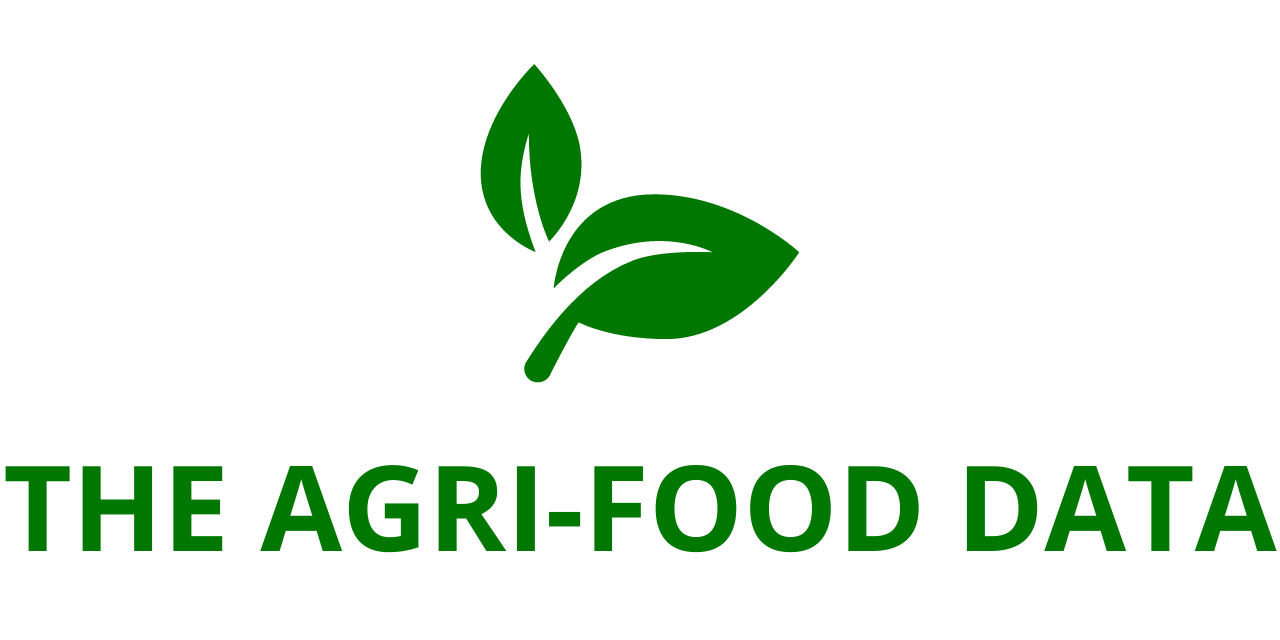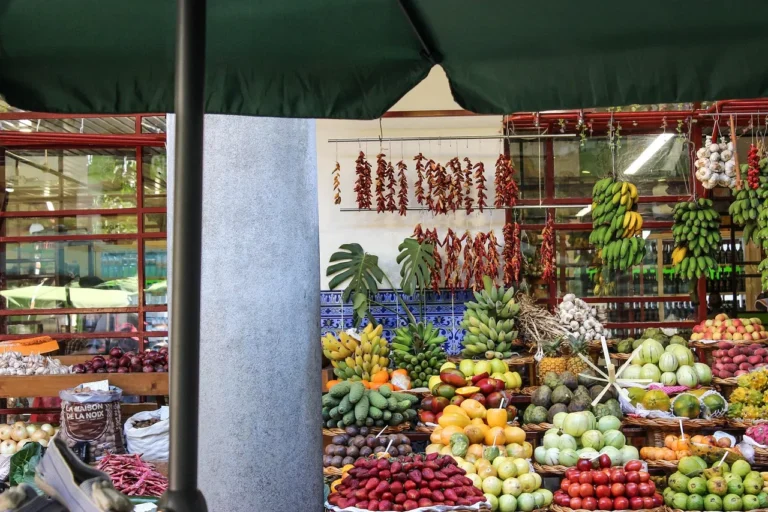
The global bakery products market is projected to grow significantly in the coming years, reaching a valuation of US$ 839.53 billion by 2033, up from US$ 558.64 billion in 2024. This expansion reflects a compound annual growth rate (CAGR) of 4.63% between 2025 and 2033, according to the latest report added to ResearchAndMarkets.com’s offerings: “Bakery Products Market Size and Share Analysis – Growth Trends and Forecast Report 2025–2033.”
The Bakery Market’s upward trajectory is being fueled by several dynamic factors, including the rising demand for convenience foods, increasing urbanization, digital retail transformation, and innovation in product offerings. The shift in consumer preferences toward ready-to-consume (RTC) and ready-to-eat (RTE) baked goods, particularly among busy urban populations, is contributing to steady growth in this sector.
Digital Transformation and E-commerce Boost Market Accessibility
One of the most notable developments impacting the bakery industry is the rise of e-commerce platforms and direct-to-consumer (DTC) online sales models. Bakery Market Consumers today enjoy easier access to a broader array of bakery products via digital platforms. Online shopping not only offers convenience but also connects customers with specialty and premium bakery items that may not be available locally.
Bakeries are increasingly leveraging the digital ecosystem to broaden their reach and reduce dependence on physical retail outlets. A growing number of companies are experimenting with subscription services, offering regular deliveries of fresh bakery goods to loyal customers. Bakery Market This trend is resonating particularly well with consumers who appreciate the ability to receive their favorite products without the need for frequent store visits.
Consumer Demand for Convenience Continues to Rise
Convenience is a key growth driver in the bakery sector, especially in developed markets like the United States. Consumers pressed for time are drawn to RTC and RTE bakery items such as sandwiches, prepackaged snacks, and baked breakfast goods. Bakery Market The popularity of grab-and-go offerings reflects a broader lifestyle shift toward on-the-go consumption.
In response, bakeries are investing in product development focused on portability, packaging innovation, and quick preparation. For example, in October 2024, Chip City Cookies, a bakery based in Astoria, partnered with Kellanova to release a limited-edition Strawberry Poppable Pop-Tarts Cookie. Featuring Pop-Tarts Crunchy Poppers, vanilla icing, strawberry jam, and a vanilla sugar cookie base, this innovative treat was sold across Chip City’s locations in New York and Long Island over two weekends in October and November. Bakery Market This product illustrates how bakeries are meeting demand with creative, ready-to-enjoy offerings.
As urban populations expand, and the pace of life quickens, the market for quick food solutions is growing alongside. Bakery MarketThe accessibility of bakery goods through digital channels further enhances consumer convenience, reinforcing the momentum behind market growth.

Key Growth Drivers in the Bakery Products Market
1. Urbanization and Time-Constrained Lifestyles
One of the most influential long-term trends supporting bakery market growth is increasing urbanization. According to World Bank data, over 56% of the global population—equivalent to 4.4 billion people—lives in urban areas. By 2050, that number is expected to rise to seven in ten people, with the urban population expected to double.
Urban dwellers typically lead busy, time-pressured lives, prompting demand for packaged snacks, single-serving baked goods, and instant food solutions. Bakery Market In such environments, bakeries that offer high-quality, portable, and nutritious options are well-positioned for growth. Moreover, the rising popularity of quick-service restaurants (QSRs) and cafés in cities is also driving bakery consumption.
2. Changing Consumer Preferences and Health Awareness
Modern consumers are increasingly conscious of their dietary habits, seeking out baked goods that align with their health and wellness goals. With trends amplified by social media, people are trying new food experiences, including alternative baking products that fit various dietary needs.
Research indicates that 51% of Americans have tried a new food due to social media influence, while 42% have explored a new brand or product. Bakery Market Health-focused consumers are driving demand for items that include whole grains, seeds, and nutrient-rich ingredients. At the same time, gluten-free, dairy-free, and low-sugar options are gaining ground, especially among consumers with specific health conditions such as diabetes or food intolerances.
The increasing adoption of plant-based and vegan diets is also prompting bakers to innovate with recipes that avoid animal products without sacrificing flavor or texture.
3. Rise in Female Workforce Participation
The growing number of working women worldwide is another important factor fueling demand for bakery products. As more women enter the workforce, time constraints associated with meal preparation have become more pronounced. Bakery Market In response, many are turning to frozen and pre-baked options to simplify mealtime routines.
According to the World Bank, women made up 47% of the global workforce in 2019. In major economies like the United States and China, women constitute 46% and 44% of the workforce, respectively. This demographic trend supports the growth of convenience-driven food products, including baked goods.
Challenges in the Bakery Products Market
While the market outlook is optimistic, several challenges continue to impact the industry:
1. Health Consciousness and Innovation Costs
Although demand for healthier bakery items is increasing, responding to these preferences involves significant investment in research and development (R&D). Bakers must identify low-calorie ingredients, natural sweeteners, and alternative flours, such as almond, coconut, or oat flours, which can be more expensive than traditional wheat flour.
Additionally, the shift toward organic and plant-based ingredients places added pressure on producers to reformulate recipes while maintaining taste, texture, and shelf life. Balancing customer expectations with production costs remains a major challenge for bakery businesses seeking to stay competitive.
2. Shelf Life and Product Freshness
Maintaining the freshness and quality of perishable baked goods is another ongoing concern. Consumers expect products to be soft, flavorful, and free from artificial additives. However, extending shelf life without compromising quality requires innovative preservation techniques.
Solutions such as natural preservatives, modified atmosphere packaging (MAP), and improved logistics and cold chain systems are increasingly being adopted to address this issue. Nevertheless, achieving the right balance between freshness, shelf stability, and sustainability remains a hurdle for many producers





